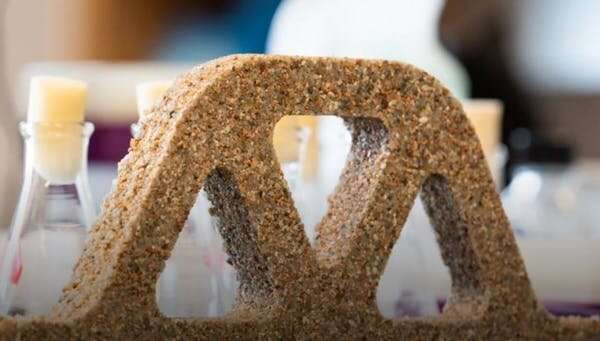Phys.org March 24, 2020
Researchers at the university of Colorado have demonstrated that the morphology and nanomechanical properties of calcium carbonate (CaCO3) can be tailored by modulating the precipitation kinetics of ureolytic microorganisms through genetic engineering. They hypothesized that microorganisms genetically engineered for low urease activity would achieve larger calcite crystals with higher moduli. They compared precipitation kinetics, morphology, and nanomechanical properties for biogenic CaCO3 produced by two Escherichia coli (E. coli). Both calcite crystal size and nanoindentation moduli were also significantly higher for the low-urease activity E. coli compared with the high-urease activity E. coli. The relative resistance to inelastic deformation was similar across microorganisms. These findings may enable design of novel advanced engineering materials where modulus is tailored to the application while resistance to irreversible deformation is not compromised…read more. Open Access TECHNICAL ARTICLE

Living building materials can be formed into many shapes, like this truss. Credit: The University of Colorado Boulder College of Engineering and Applied Science, CC BY-ND